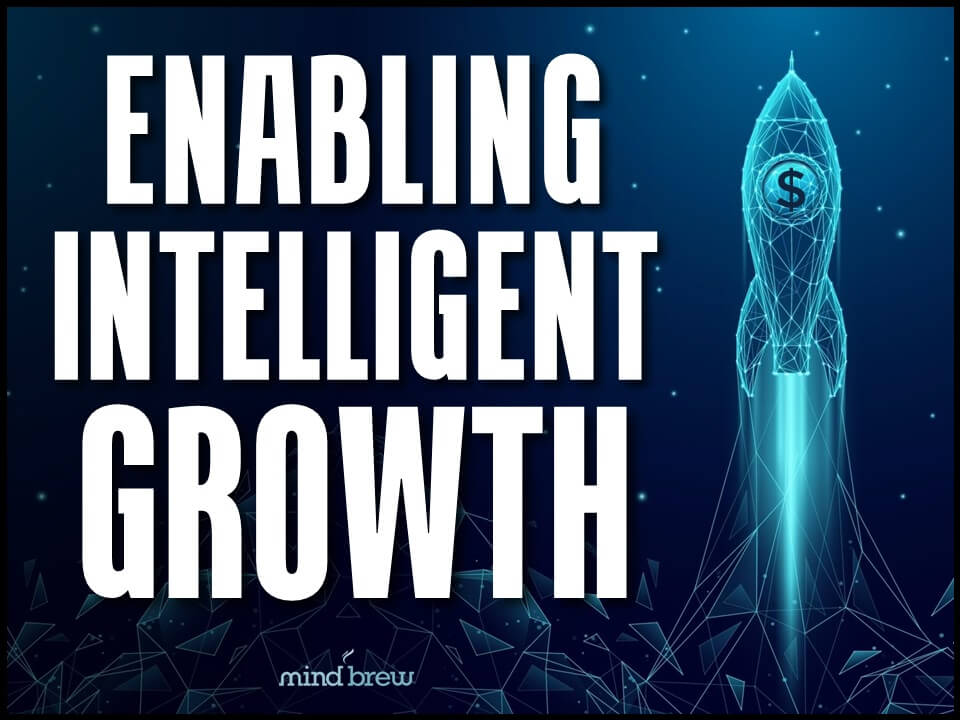In the spring of 1846, 500 wagons left Independence, Missouri, for the long trek west. By mid-summer, they faced a fateful decision. Most of the wagons took the tried-and-tested trail that went north through Fort Hall on the Snake River before turning back south toward California.
But that year, a group of 87 people decided to try their luck on a new route called the Hastings Cutoff. They were promised would make the journey easier.
Those promises didn’t pan out. The group — which we now know as the Donner Party — wasn’t adequately prepared to cross the Great Salt Desert and the Sierra Nevada. Their leaders made some poor decisions, and eventually they became trapped in the snow-covered mountains. When they were eventually rescued the following February, only 48 people survived, and only because they had resorted to murder and cannibalism.
Sometimes key account management reminds us a little bit of the Donner Party.
No, we haven’t seen anyone murder and eat their co-workers (yet). But we do see a lot of companies head out on journeys that they aren’t adequately prepared for. This lack of preparation, combined with misalignment between strategy and execution, and failure to adapt to challenges, can lead key account management efforts to falter, much like the Donner party pioneers.
Problems with key account management
Most key account management programs rely solely on a key account manager. This individual assumes responsibility for the account and serves as the point of contact.
While this approach is popular, it has five big problems:
- It’s limited by individuals’ capabilities and capacities. Even the most talented managers can only do so much. That potentially leaves key strategic needs unmet. And if you have a sub-par manager, the result can be disastrous.
- It’s sales-centric, reactive, and transactional.Traditionally, key account managers focus heavily on sales outcomes, often at the expense of building deeper, more strategic relationships. That often leads to a reactive approach where managers respond to immediate needs or problems rather than proactively shaping the account’s future direction.
- It usually fails to fully leverage actionable sales data. In many setups, key account managers are not equipped or incentivized to dive deep into data analytics. As a result, they miss critical insights about customer behavior, preferences, or emerging market trends. Without a structured approach to data, they never see hidden opportunities for enhancing account value and anticipating customer needs.
- It’s naturally siloed. Key account managers often operate as lone wolves, primarily interfacing with their accounts and occasionally with product teams or customer service. This isolated approach can lead to inconsistent and fragmented experiences for customers. Collaboration, when it occurs, tends to be sporadic or crisis-driven rather than a regular, integrated part of account management processes.
- It’s a single point of failure. Relying primarily on one person to manage key relationships introduces significant risks. If the key account manager leaves the company or if their performance falters, the relationship with the account can suffer dramatically. This dependency creates a fragile setup where the continuity and stability of account management are constantly at risk.
A much better strategy — and the one we recommend — is an operationalized approach to account management. It’s both more effective and more sustainable. And while it takes more work, especially in the early days, it pays off in the long term.
If you aren’t sure what we mean about an operationalized approach to account management or if you’re just intrigued enough to want to learn more, check out the webinar on Retaining and Growing Key Accounts. It explains how to get a program up and running, detailing the seven necessary ingredients and some hurdles to avoid.
With accurate information and better planning, the Donner Party might have been able to make it across the Hastings Cutoff. Don’t let your key account management initiative meet a similar fate.












